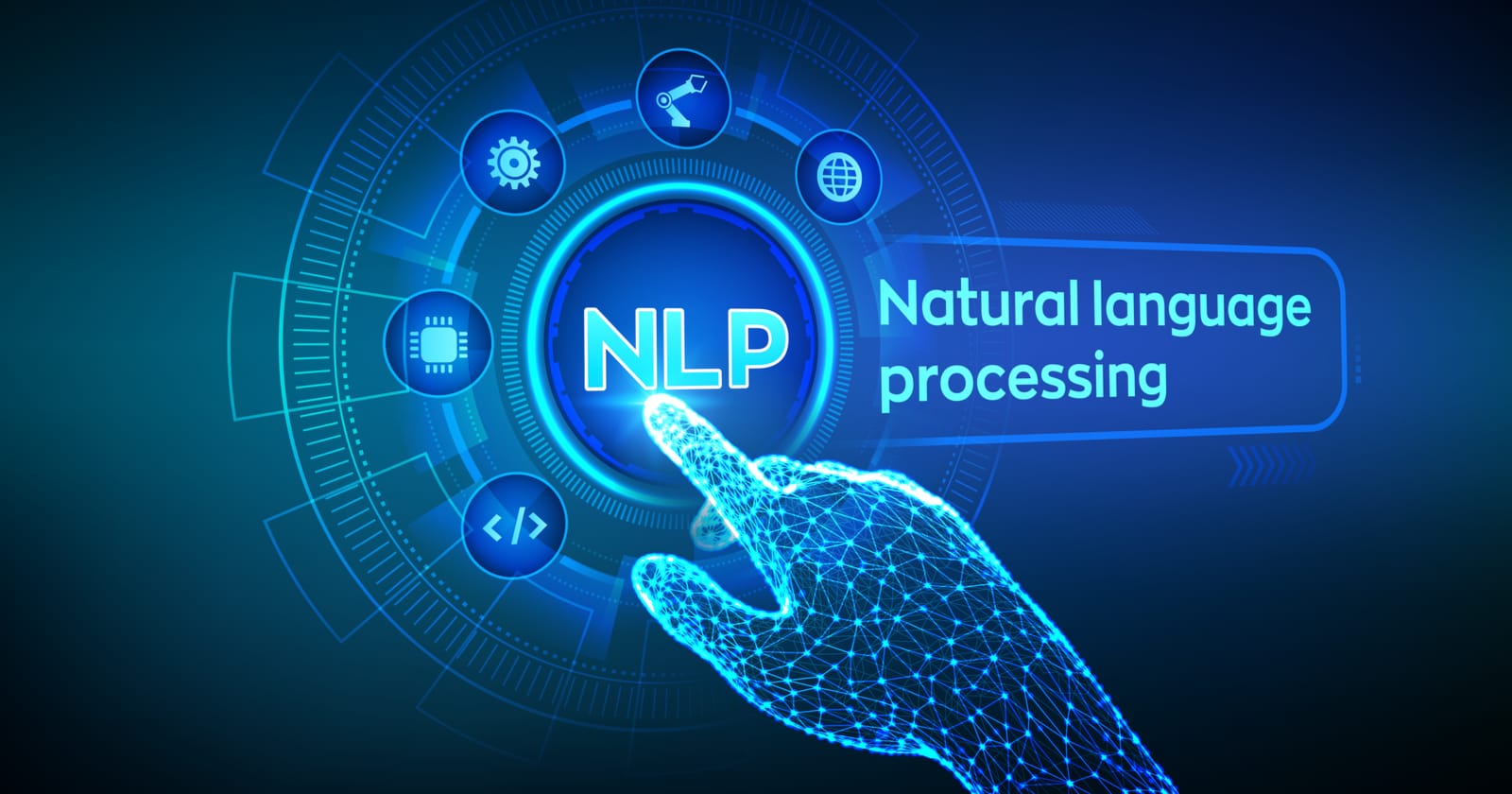What is Natural Language Processing (NLP) in AI
What is Natural Language Processing (NLP) in AI
Natural Language Processing (NLP) is a field of artificial intelligence and computer science that deals with the interaction between computers and human languages. The goal of NLP is to develop algorithms and models that enable computers to understand, interpret, and generate human language.
Unlocking the Power of Natural Language Processing (NLP) in AI
In the ever-evolving landscape of artificial intelligence (AI), one of the most intriguing and impactful domains is Natural Language Processing (NLP). NLP is the field of AI that focuses on enabling computers to understand, interpret, and generate human language. This fascinating branch of AI has the potential to revolutionize the way we interact with technology, making it more intuitive, efficient, and accessible. In this blog post, we will explore the fundamental concepts of NLP, its applications, challenges, and the exciting future it promises.
Understanding Natural Language Processing (NLP)
Natural Language Processing is a subfield of AI that combines linguistics and computer science to enable machines to interact with and understand human language. Unlike structured data, which is easily processed by machines, human language is inherently unstructured, making it a complex challenge for AI systems. NLP seeks to bridge this gap by providing machines with the ability to comprehend, interpret, and generate human language in a way that is both meaningful and contextually relevant.
Key Components of NLP
- Tokenization: Tokenization is the process of breaking down a text into individual words or tokens. This step is essential for subsequent analysis, as it defines the basic units of language that the NLP system will work with.
- Part-of-Speech Tagging: This involves labeling each token with its grammatical category, such as nouns, verbs, or adjectives. It helps in understanding the syntactic structure of a sentence.
- Named Entity Recognition (NER): NER identifies and classifies entities mentioned in the text, such as names of people, places, organizations, and dates. This is crucial for information extraction.
- Parsing: Parsing involves analyzing the grammatical structure of sentences to understand the relationships between words. It helps in determining the meaning of a sentence.
- Sentiment Analysis: This technique is used to determine the sentiment or emotional tone of a piece of text, whether it’s positive, negative, or neutral. Sentiment analysis is widely used in customer feedback analysis and social media monitoring.
Applications of NLP
NLP has a wide range of applications across various industries. Here are some notable examples:
- Chatbots and Virtual Assistants: Chatbots like Siri, Alexa, and Google Assistant utilize NLP to understand and respond to spoken or typed queries in a conversational manner.
- Translation Services: Services like Google Translate employ NLP techniques to translate text from one language to another, making global communication more accessible.
- Search Engines: Search engines like Google use NLP to understand user queries and retrieve relevant search results.
- Text Summarization: NLP can be used to automatically generate concise summaries of lengthy texts, making it useful in news aggregation and document summarization.
- Healthcare: NLP is applied to electronic health records (EHRs) to extract valuable information from medical notes, aiding in diagnosis and treatment decisions.
- Finance: Financial institutions use NLP to analyze news articles, social media, and financial reports for sentiment analysis and predictive modeling.
- Legal Industry: NLP assists in document review and legal research, making the legal process more efficient and cost-effective.
Challenges in Natural Language Processing
While NLP has made significant advancements, it still faces several challenges:
- Ambiguity: Natural language is inherently ambiguous, with words often having multiple meanings depending on context. Resolving this ambiguity remains a complex task for NLP systems.
- Idioms and Colloquialisms: Language is filled with idiomatic expressions and colloquialisms that can be challenging for NLP systems, especially those not well-versed in regional or cultural variations.
- Data Quality and Bias: NLP models heavily rely on training data, and if this data contains biases or inaccuracies, it can result in biased or incorrect outputs. Ensuring data quality is a persistent challenge.
- Contextual Understanding: NLP models struggle with understanding context over longer passages of text. Achieving true contextual comprehension, similar to human language understanding, is an ongoing pursuit.
- Privacy and Ethics: The use of NLP in areas like surveillance and data mining raises ethical concerns related to privacy and the potential for misuse.
The Future of NLP
Despite the challenges, the future of NLP is bright, with several exciting developments on the horizon:
- More Advanced AI Models: NLP models like GPT-3 and its successors continue to advance, pushing the boundaries of what’s possible in language understanding and generation.
- Multilingual NLP: NLP systems that can understand and process multiple languages seamlessly are becoming increasingly important in our globalized world.
- Explainable AI: There is a growing emphasis on making NLP models more interpretable and explainable, which is essential for trust and accountability in critical applications.
- Conversational AI: As chatbots and virtual assistants become more sophisticated, they will play a more prominent role in various aspects of our lives, from customer service to education.
- Healthcare Revolution: NLP will continue to play a pivotal role in healthcare, assisting in medical diagnosis, drug discovery, and patient care.
- Enhanced Accessibility: NLP-powered accessibility tools will continue to improve the lives of individuals with disabilities, making technology more inclusive.
Conclusion:
Natural Language Processing is a dynamic and transformative field of artificial intelligence that is reshaping the way we interact with technology and each other. From chatbots and virtual assistants to healthcare and finance, NLP is revolutionizing industries and making information more accessible.
Despite the challenges it faces, ongoing research and innovation promise a future where machines truly understand and communicate with us in natural language, making our lives more convenient and efficient. As NLP continues to evolve, its impact on society and the way we communicate will only become more profound.
